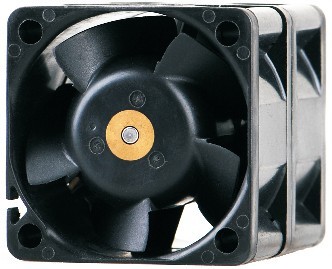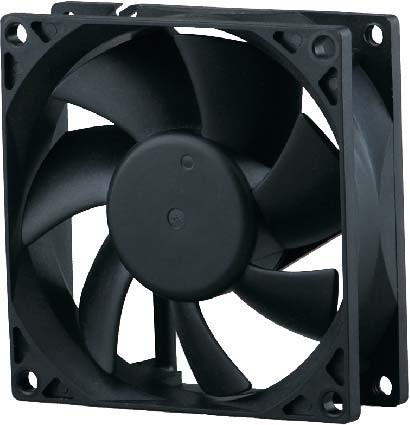The use of Axial Cooling Fans
All electronic devices, irrespective of size or type, are manufactured to be operated in an optimum range of temperatures. This range is one of the important factors when determining the performance and the life of the device. The earliest computers were designed to provide a natural passage to heat through air convection. However with the increased complexity and transistor density of electronic devices over the years, most contemporary CPU’s require a more efficient cooling mechanism. Modern processing units can have five or more cooling fans in proximity to different components depending upon the functionality required. Cooling fans are critical to the active cooling structure of most modern CPU’s to draw cool air over the component’s heat sink. Depending on the architecture and technology of the CPU they can be installed on the mother board, power supply unit, graphics processing unit, hard drives or, the RAM.
The axial cooling fan has a design that forces air to move parallel to the central shaft around which the blades rotate. With its limited dimensions and small blade size, it can develop a pressure head up to 300 N/m2 making it ideal for active cooling in electronic devices. The operation of a cooling fan is categorized on factors like static noise, impedance, pressure specifications, displacement and power consumption. For optimum performance it is important to choose an axial fan with extremely low static noise, low impedance and, low power consumption while meeting the pressure and volume requirements of the unit. They are an industry wide standard implemented in most CPU’s and power supply units today.
Axial fans are a key component of central processing units. They are important for maintaining the optimum temperature of operation in CPU’s. Fans that either underperform or malfunction can jeopardize several key components of the computer. Before investing in any device users should ensure that the cooling fan installed is manufactured by a reputable company and meets the requirements of the device.




 Candy_Wan
Candy_Wan


